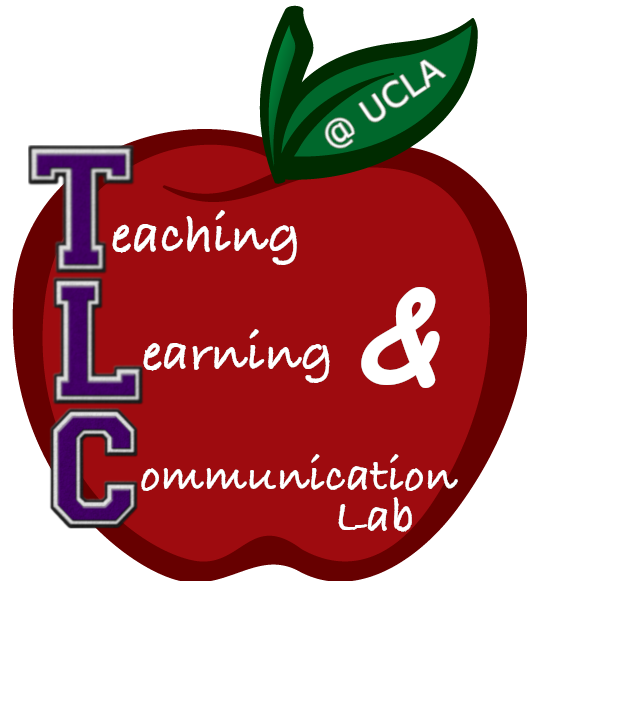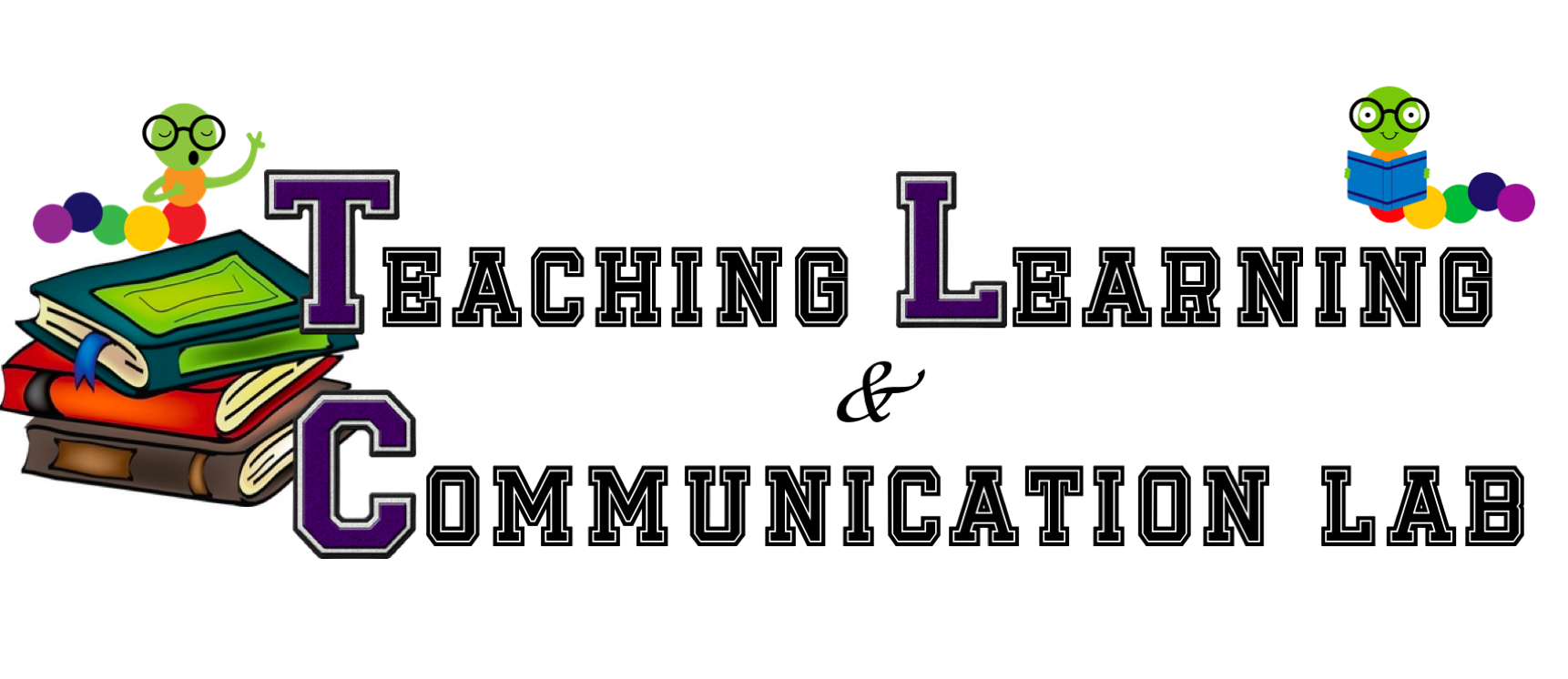Our Research 
The TLC lab investigates teaching, learning, and communication from multiple angles. Much of our work explores how people understand and produce speech, how these processes develop and change over time, and how they influence our everyday interactions. Here are a few of our current research interests:
Accent Perception and Speech Variation
Everyone speaks with an accent, but we often don’t think about where our accent comes from or how it’s perceived by others. Our lab studies how speech patterns reflect our social environments and how listeners interpret the speech of people who speak differently from them. We’re especially interested in how and why people’s speaking styles shift across time and contexts—whether through exposure to new communities, languages, or individuals.
Speech Alignment and Change
To what extent do people naturally adapt their speech to match those around them? In this line of work, we examine when, why, and how individuals subtly shift the way they speak, often without even realizing it.
Voice Recognition Across the Lifespan
What makes some voices easier to recognize than others? Our research explores the factors that shape voice recognition—such as the language being spoken, the emotional tone of the voice, or the type of task a listener is asked to complete. We’re also interested in how these effects may vary across individuals or change over the course of development.
Collaborative Learning in College Classrooms
How do students learn best? One area of our research focuses on how peer collaboration—like group quizzes or joint problem-solving—can enhance learning and long-term retention in college courses. You can read more about this line of work in our recent publication in Teaching of Psychology.
How We Do Our Research

Image by Freepix
Our lab uses a variety of methods to explore how people learn, speak, and interact. Many of our studies involve computerized tasks where participants respond to different types of speech or language-based stimuli. In some studies, people watch short lectures or listen to recordings and answer questions afterward—helping us understand how information is processed and remembered. We also use eye-tracking technology to measure where participants look while engaging with educational content, giving us a window into real-time attention and comprehension. In addition to lab-based research, we run studies in actual college classrooms to examine learning in real-world settings. This multi-method approach allows us to ask complex questions about communication and learning from multiple angles.
For more details about our research check out our publications page.
Interested in getting involved?
Our research would not be possible without our dedicated team of UCLA undergraduate and Graduate students! If you are a UCLA undergraduate student and would like to learn more about joining the lab click here!
